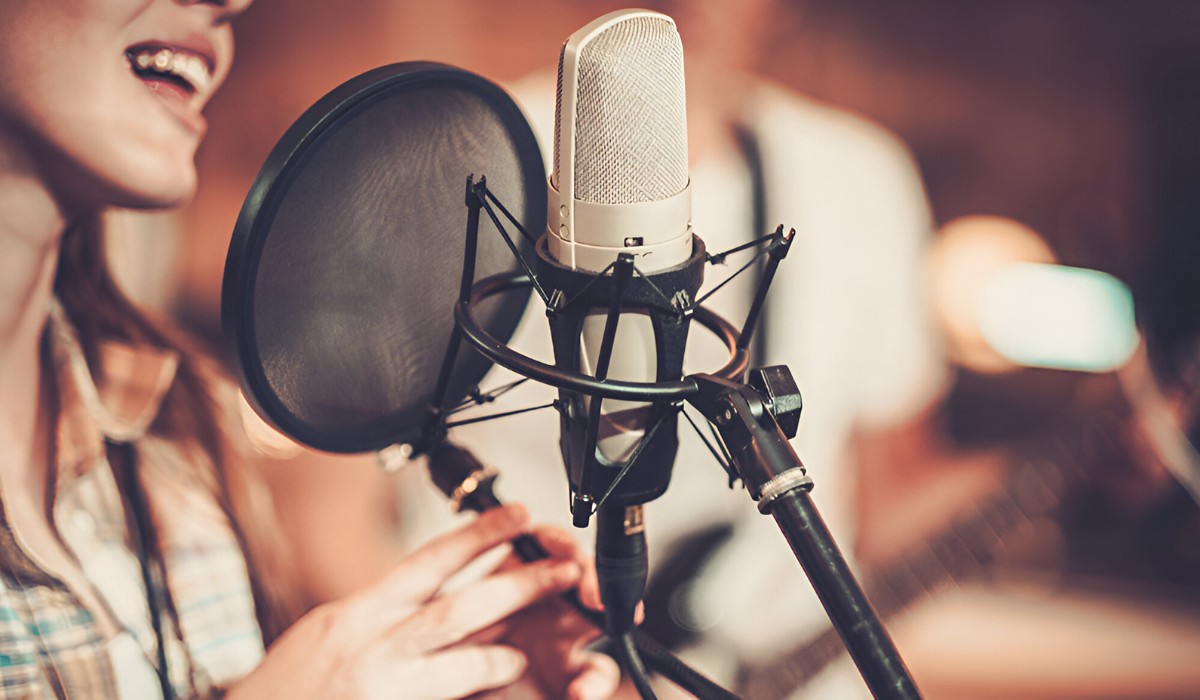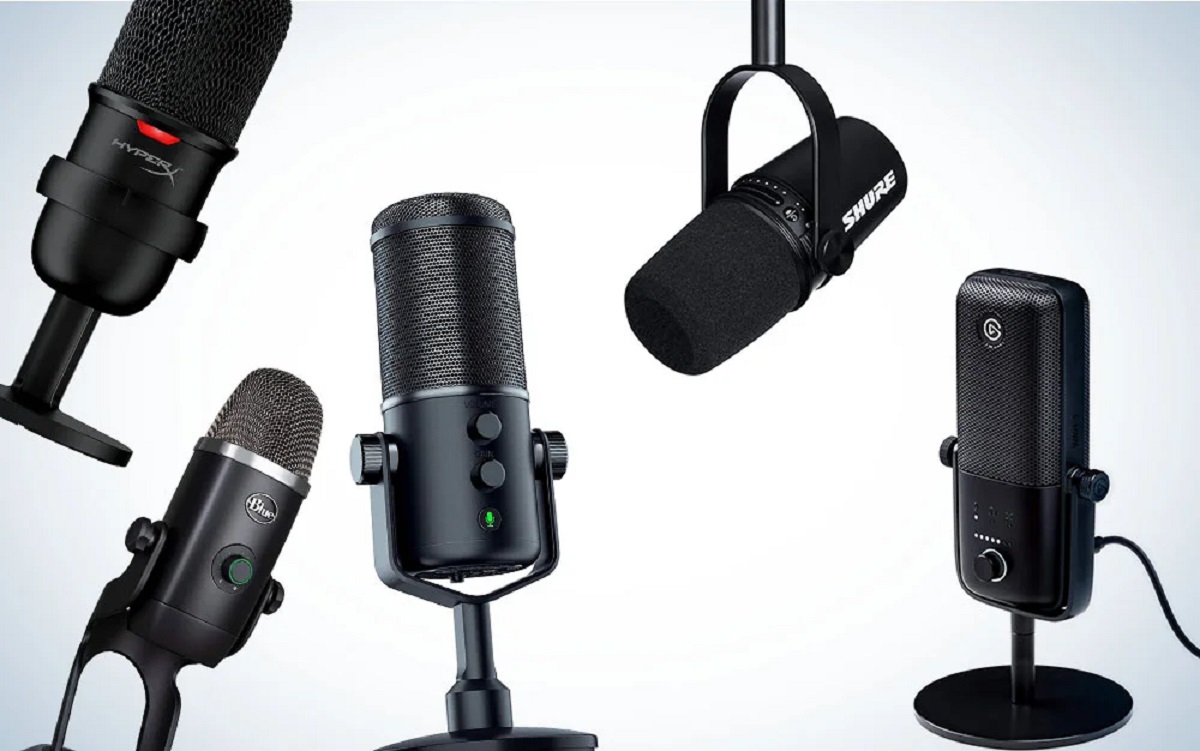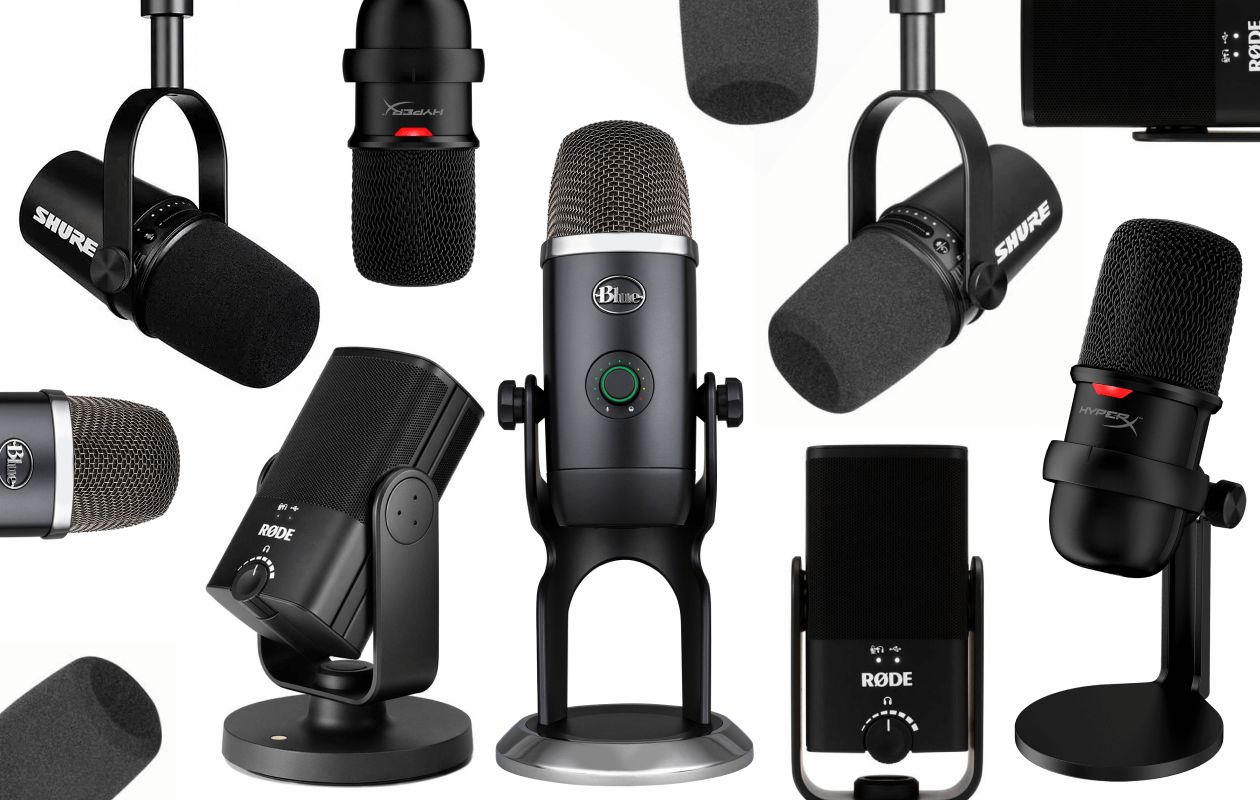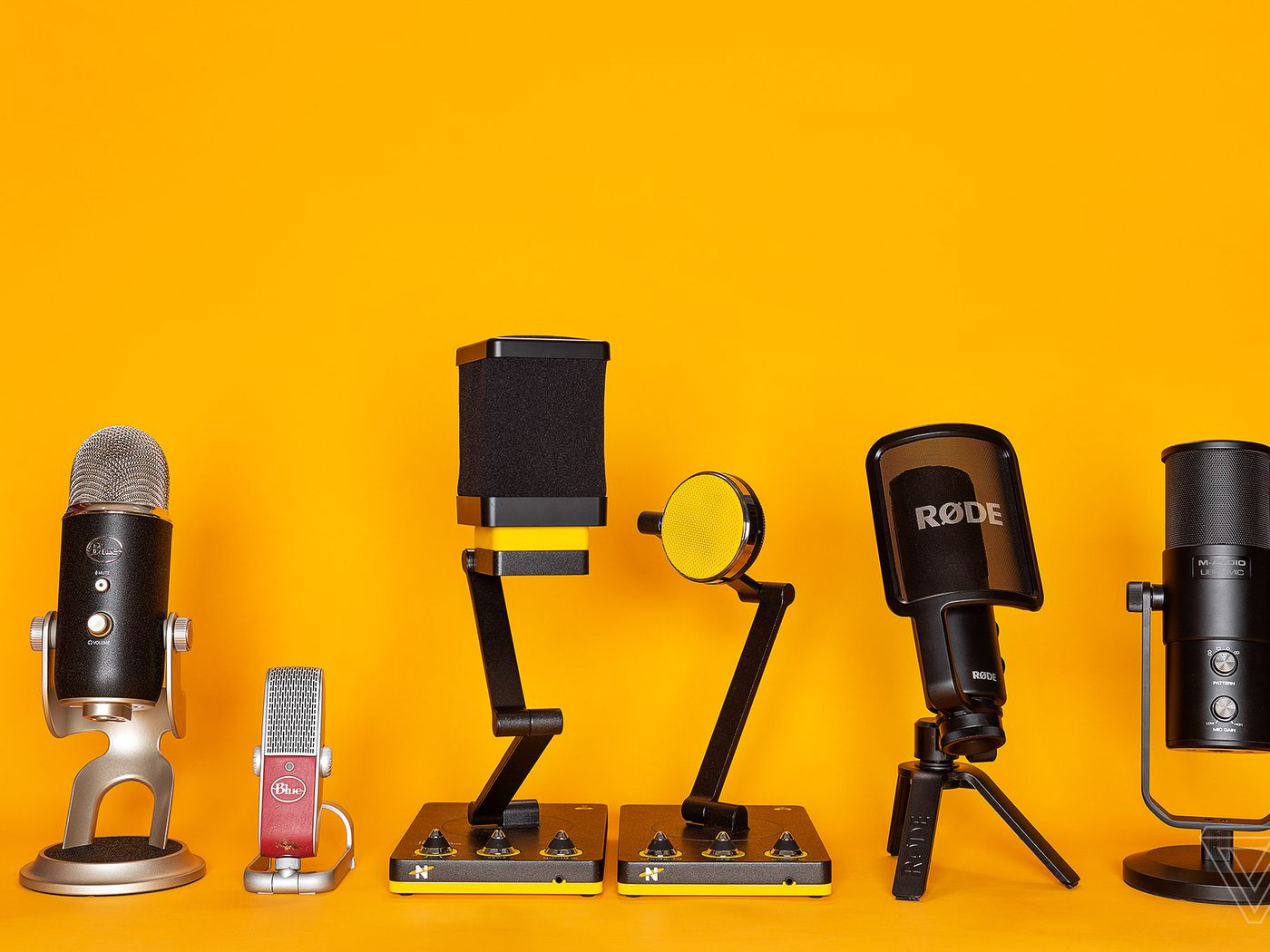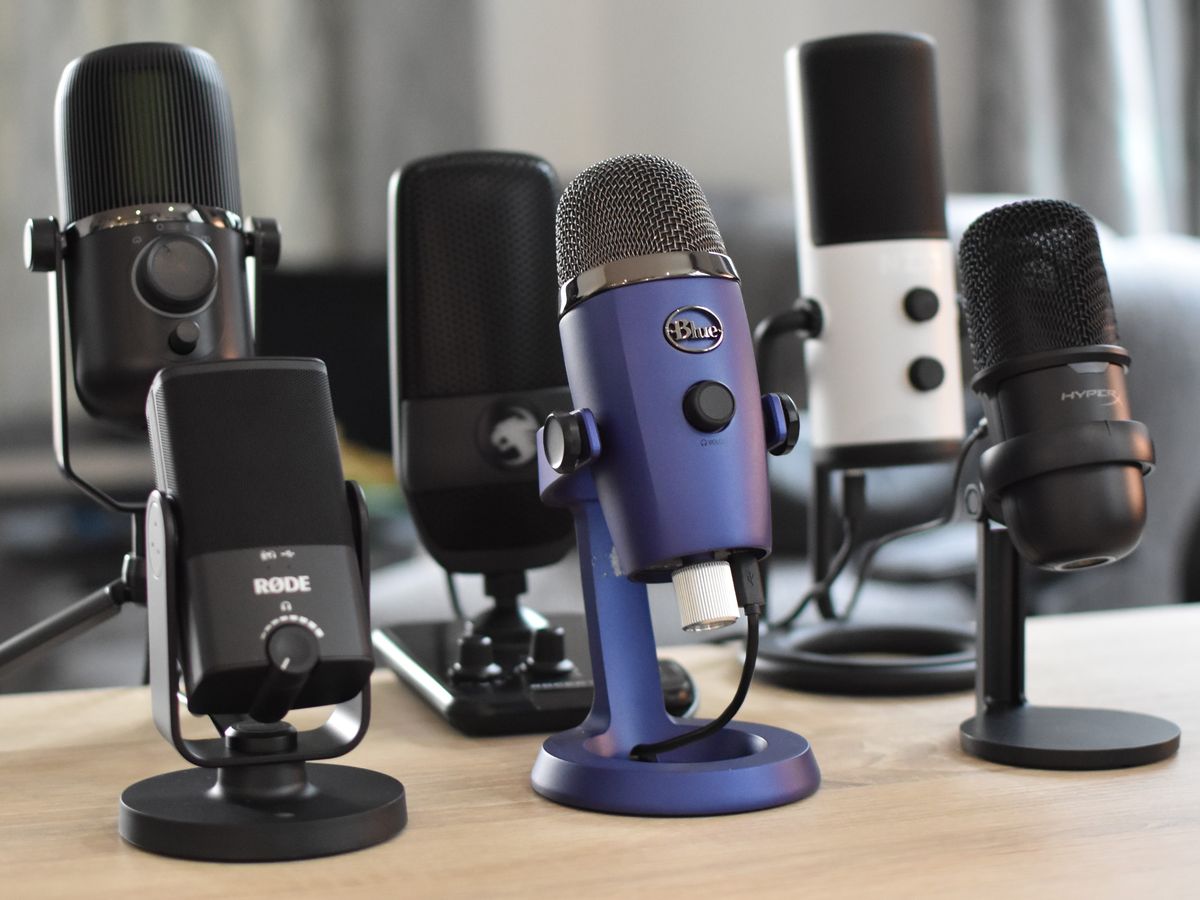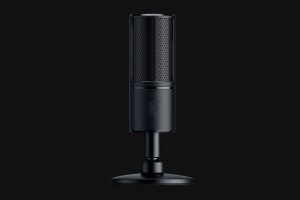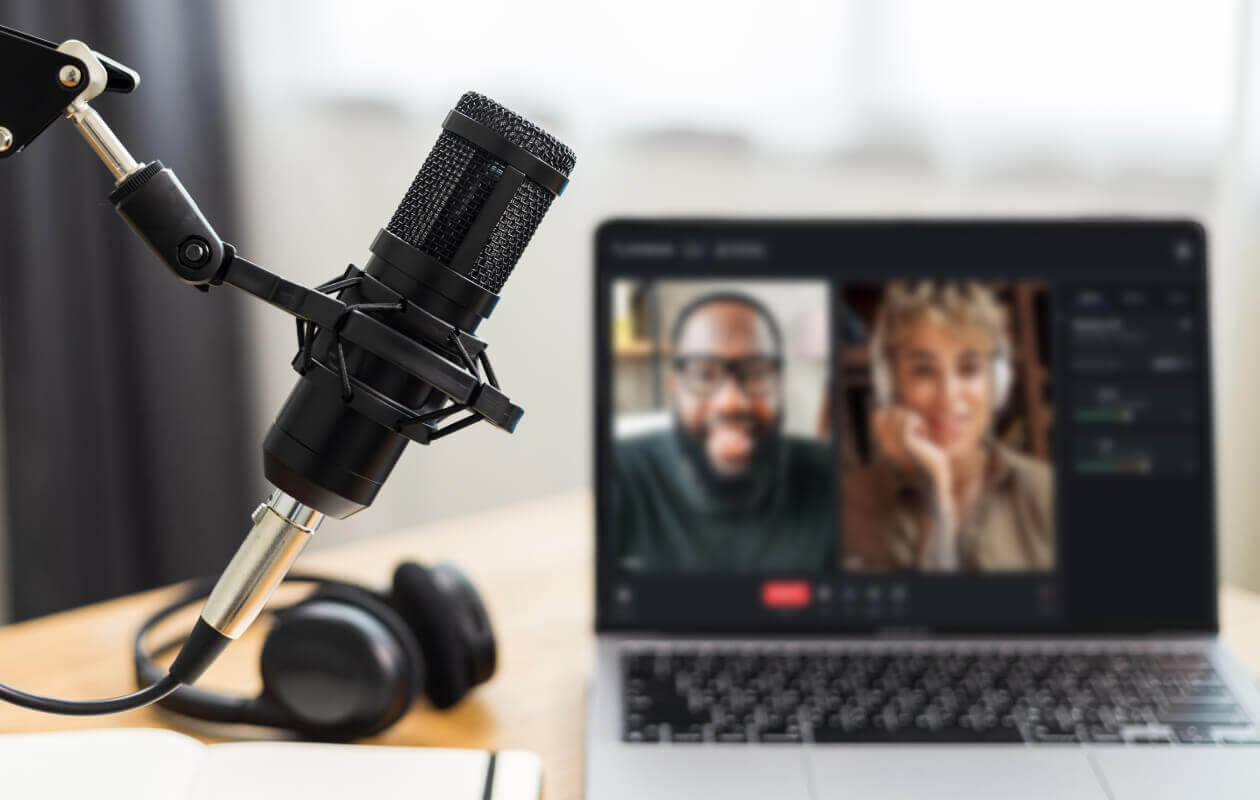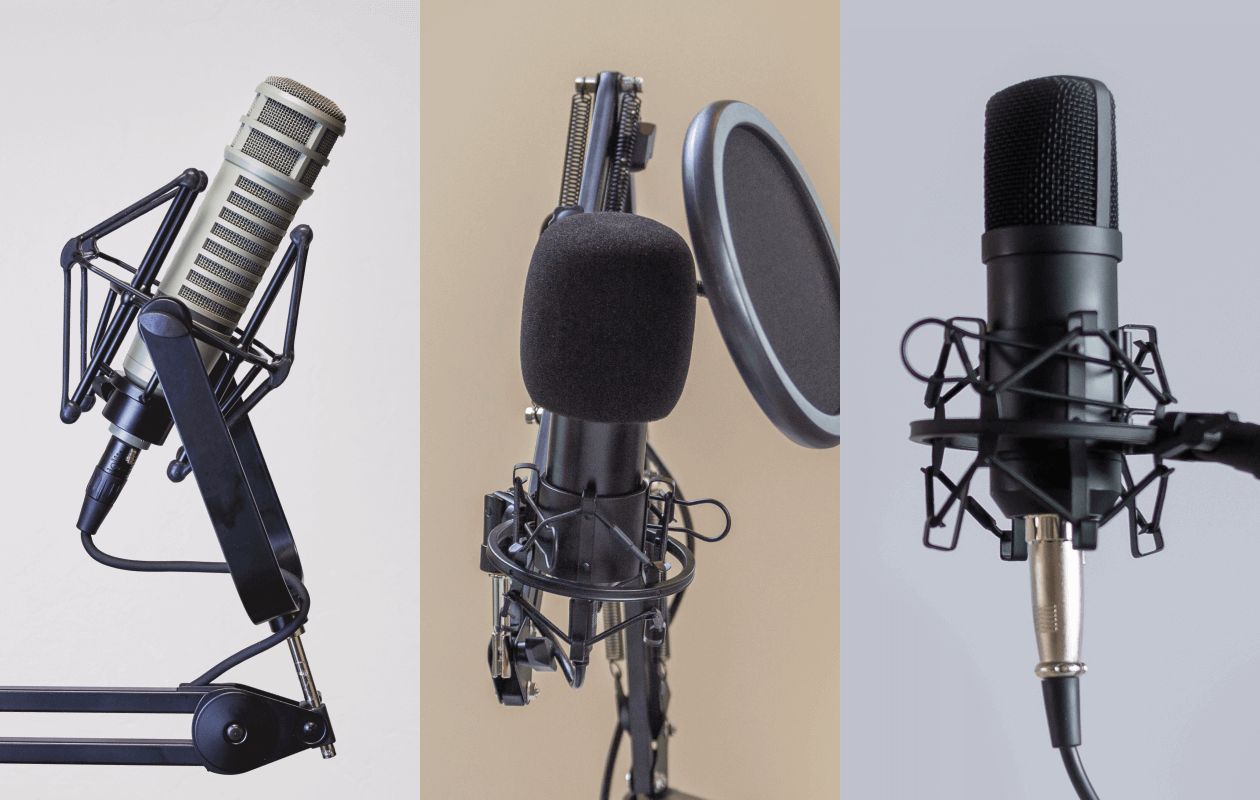Introduction
Are you ready to take your audio recordings to the next level? Whether you're a podcaster, musician, or content creator, achieving optimal voice pickup with a condenser microphone is essential for capturing clear, professional-quality sound. In this comprehensive guide, we'll explore the nuances of condenser microphone technology and how to harness its capabilities to pick up only your voice while minimizing background noise.
Condenser microphones are renowned for their exceptional sensitivity and ability to capture subtle nuances in sound. However, this heightened sensitivity can also lead to the pickup of unwanted ambient noise, which may detract from the clarity and impact of your voice recordings. Understanding how to position, configure, and optimize your condenser microphone setup is crucial for achieving pristine voice pickup.
Stay tuned as we delve into the intricacies of condenser microphone pickup patterns, explore effective positioning techniques, and uncover the benefits of using pop filters and windshields to reduce background noise. Additionally, we'll provide valuable insights on adjusting microphone settings to enhance voice pickup, empowering you to unlock the full potential of your condenser microphone and elevate the quality of your audio recordings. Whether you're a seasoned audio professional or just beginning your journey, this guide will equip you with the knowledge and techniques needed to make your voice the star of the show.
Understanding the Pickup Pattern of Condenser Microphones
Before delving into the specifics of optimizing voice pickup with a condenser microphone, it’s essential to grasp the concept of pickup patterns. The pickup pattern, also known as the polar pattern, defines the microphone’s sensitivity to sound from different directions. Condenser microphones commonly feature several pickup patterns, with the cardioid pattern being the most prevalent for voice recording applications.
The cardioid pickup pattern resembles the shape of a heart, with its maximum sensitivity directed towards the front of the microphone. This design allows condenser microphones to focus on capturing sound emanating from the front while minimizing pickup from the sides and rear. As a result, when positioned correctly, a cardioid condenser microphone excels at isolating the primary sound source, such as a speaker’s voice, while attenuating ambient noise and unwanted reflections.
Understanding the directional characteristics of the cardioid pickup pattern is pivotal for optimizing voice pickup. By positioning the front of the microphone towards the desired sound source, whether it’s your voice during a podcast recording or a vocal performance in a studio setting, you can harness the microphone’s inherent directionality to capture clear, articulate sound while mitigating the impact of extraneous noise.
It’s worth noting that some condenser microphones offer switchable pickup patterns, allowing users to select the most suitable pattern for their specific recording scenario. This versatility enables adaptation to diverse acoustic environments and applications, empowering users to tailor the microphone’s pickup characteristics to suit their unique recording needs.
As we continue our exploration, we’ll delve into the nuances of positioning the microphone for optimal voice pickup, leveraging the inherent characteristics of the cardioid pickup pattern to elevate the quality of your voice recordings.
Positioning the Microphone for Optimal Voice Pickup
Effective microphone positioning is a cornerstone of achieving exceptional voice pickup with a condenser microphone. Whether you’re recording vocals, podcasts, or voiceovers, the placement of the microphone relative to the sound source plays a pivotal role in capturing clear and articulate audio while minimizing unwanted background noise.
When using a cardioid condenser microphone, positioning the microphone with the front, or the most sensitive part, directed towards the sound source is crucial. For vocal recordings, positioning the microphone slightly below the mouth and angled towards the chin can yield excellent results. This setup allows the microphone to capture the nuances and nuances of the voice while minimizing the pickup of plosive sounds and sibilance, which can occur when speaking directly into the microphone.
Additionally, maintaining an optimal distance between the microphone and the sound source is essential for achieving balanced and natural-sounding recordings. Experimenting with different distances can help determine the sweet spot where the microphone captures the full tonal richness of the voice without being overwhelmed by excessive proximity effect or room ambience.
When recording in a studio environment, consider utilizing reflection filters or acoustic treatment to minimize the impact of room reflections and reverberations on the microphone’s pickup. By creating a controlled acoustic environment, you can enhance the microphone’s ability to capture the nuances of the voice while reducing the influence of unwanted ambient noise.
For podcasters and content creators, maintaining a consistent microphone position across recording sessions is essential for achieving a uniform and professional sound. Whether using a microphone stand, boom arm, or shock mount, ensuring that the microphone remains stable and securely positioned throughout the recording process is paramount for maintaining consistent voice pickup and audio quality.
As we delve deeper into the realm of optimizing voice pickup with condenser microphones, we’ll explore the benefits of using pop filters and windshields to further mitigate unwanted noise and enhance the clarity of vocal recordings.
Using Pop Filters and Windshields to Reduce Background Noise
When aiming to achieve pristine voice pickup with a condenser microphone, the utilization of pop filters and windshields emerges as a valuable strategy for mitigating background noise and enhancing the clarity of vocal recordings. Pop filters, often comprised of a fine mesh or nylon material, are designed to attenuate plosive sounds and minimize the impact of breath noise on the microphone’s pickup, resulting in cleaner and more intelligible audio.
By positioning a pop filter in front of the microphone, particularly when recording vocals or speech, you can effectively reduce the intensity of plosive consonants such as “p” and “b,” which have the potential to create unwanted bursts of air that can compromise the quality of the recording. Additionally, pop filters serve to safeguard the microphone’s diaphragm from moisture and debris, contributing to the preservation of the microphone’s optimal performance over time.
Windshields, also known as foam covers or windscreens, are instrumental in reducing the impact of wind noise and subtle air currents on the microphone’s pickup, making them particularly beneficial for outdoor recording sessions or environments with air circulation. By enveloping the microphone in a foam windshield, you can effectively minimize the intrusion of wind noise and minor air disturbances, ensuring that the microphone captures the intended sound source with clarity and precision.
For podcasters, voiceover artists, and vocalists, integrating pop filters and windshields into the microphone setup is a proactive measure for enhancing the quality of voice recordings and minimizing the need for extensive post-processing to address unwanted noise artifacts. Furthermore, the use of these accessories contributes to a more professional and polished aesthetic, reinforcing the commitment to delivering high-quality audio content.
When selecting pop filters and windshields for your condenser microphone, consider factors such as compatibility, durability, and the specific recording scenarios in which they will be employed. Opting for high-quality, acoustically transparent materials ensures that the accessories effectively fulfill their intended purpose without compromising the microphone’s ability to capture the nuances of the voice.
As we continue our exploration of optimizing voice pickup with condenser microphones, we’ll delve into the intricacies of adjusting microphone settings to further refine the clarity and fidelity of voice recordings, empowering you to unlock the full potential of your condenser microphone setup.
Adjusting Microphone Settings for Better Voice Pickup
Optimizing voice pickup with a condenser microphone extends beyond physical positioning and accessory integration; it also encompasses the fine-tuning of microphone settings to achieve the desired audio characteristics. Whether you’re working with a standalone condenser microphone or a microphone integrated into a recording interface, understanding and manipulating key settings can significantly impact the clarity, tonal balance, and overall fidelity of voice recordings.
One fundamental setting to consider when aiming for optimal voice pickup is the microphone’s gain or input level. Adjusting the gain controls the sensitivity of the microphone, influencing its ability to capture subtle nuances in the voice while minimizing background noise. When setting the microphone’s gain, strive to find a balance that allows for robust voice capture without introducing excessive noise or distortion. It’s advisable to conduct test recordings and monitor the input levels to ensure that the microphone operates within an optimal gain range.
Additionally, many condenser microphones feature built-in low-cut filters, also known as high-pass filters, which attenuate low-frequency content below a specified cutoff point. Engaging the low-cut filter can be advantageous for voice recordings, as it helps mitigate the impact of low-frequency rumble, handling noise, and other unwanted low-end artifacts without compromising the clarity and presence of the voice.
Furthermore, if your microphone offers selectable polar patterns, such as cardioid, omnidirectional, or figure-8, consider experimenting with different patterns to ascertain the most suitable option for voice pickup in a given recording environment. While the cardioid pattern is often preferred for isolating the primary sound source, omnidirectional and figure-8 patterns may offer unique advantages in certain scenarios, providing greater versatility in capturing diverse vocal performances and acoustic spaces.
For users employing condenser microphones with recording interfaces or external preamplifiers, familiarizing oneself with additional settings such as phantom power, impedance matching, and pad switches can contribute to a more nuanced and tailored approach to voice pickup. Understanding the interplay between microphone settings and the characteristics of the voice being recorded empowers users to adapt and optimize the microphone’s performance to suit a wide array of recording scenarios and artistic preferences.
By integrating these insights into your approach to utilizing condenser microphones, you can elevate the quality and impact of your voice recordings, unlocking the full potential of your microphone setup and capturing the nuances of the voice with unparalleled clarity and fidelity.
Conclusion
Embarking on the journey to optimize voice pickup with a condenser microphone unveils a realm of possibilities for achieving exceptional audio quality and clarity in voice recordings. By understanding the intricacies of the microphone’s pickup pattern, exploring effective positioning techniques, and leveraging accessories such as pop filters and windshields, you can elevate the fidelity and professionalism of your vocal performances, podcasts, and audio productions.
The cardioid pickup pattern, with its focused sensitivity towards the front of the microphone, serves as a foundational element in isolating the primary sound source and minimizing the impact of ambient noise. Positioning the microphone with precision and attention to detail, while considering factors such as distance and acoustic environment, lays the groundwork for capturing the nuances of the voice with finesse and accuracy.
Integrating pop filters and windshields into the microphone setup emerges as a proactive measure for reducing plosive sounds, breath noise, and wind disturbances, fostering a controlled and pristine recording environment. These accessories not only enhance the clarity and intelligibility of voice recordings but also contribute to a polished and professional aesthetic, reinforcing the commitment to delivering high-quality audio content.
Furthermore, delving into the realm of microphone settings, including gain adjustment, low-cut filtering, and polar pattern selection, empowers users to tailor the microphone’s performance to suit diverse recording scenarios and artistic preferences. By mastering the manipulation of these settings, you can refine the tonal balance, clarity, and fidelity of voice recordings, unlocking the full potential of your condenser microphone setup.
As you continue to hone your craft and explore the capabilities of condenser microphones, remember that the pursuit of optimal voice pickup is a dynamic and iterative process. Embrace experimentation, adaptability, and a keen ear for detail, as these qualities will guide you towards achieving audio recordings that resonate with clarity, emotion, and authenticity.
Armed with the knowledge and techniques presented in this guide, you are poised to embark on a journey of sonic exploration and artistic expression, harnessing the full potential of condenser microphones to make your voice the centerpiece of captivating and immersive audio experiences.







